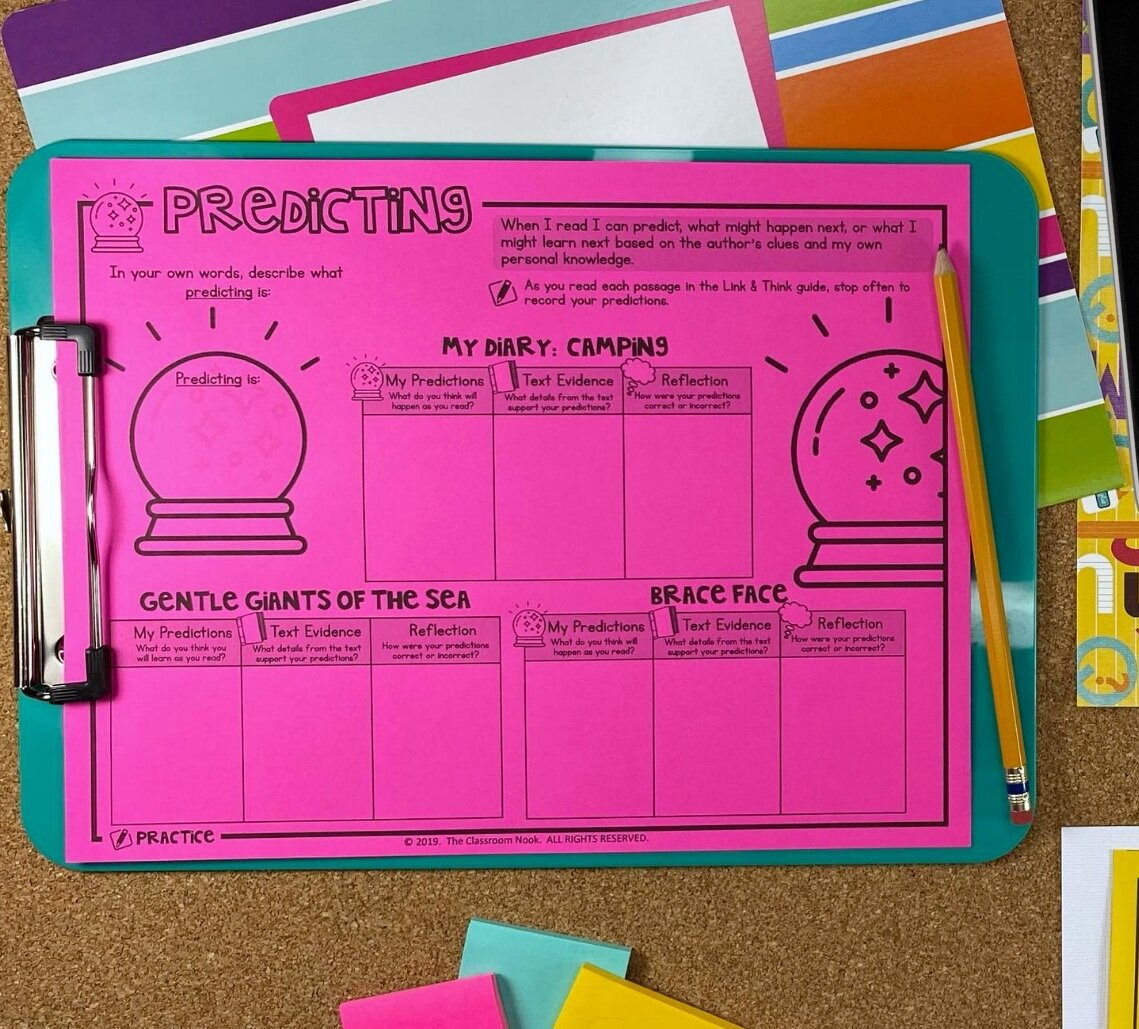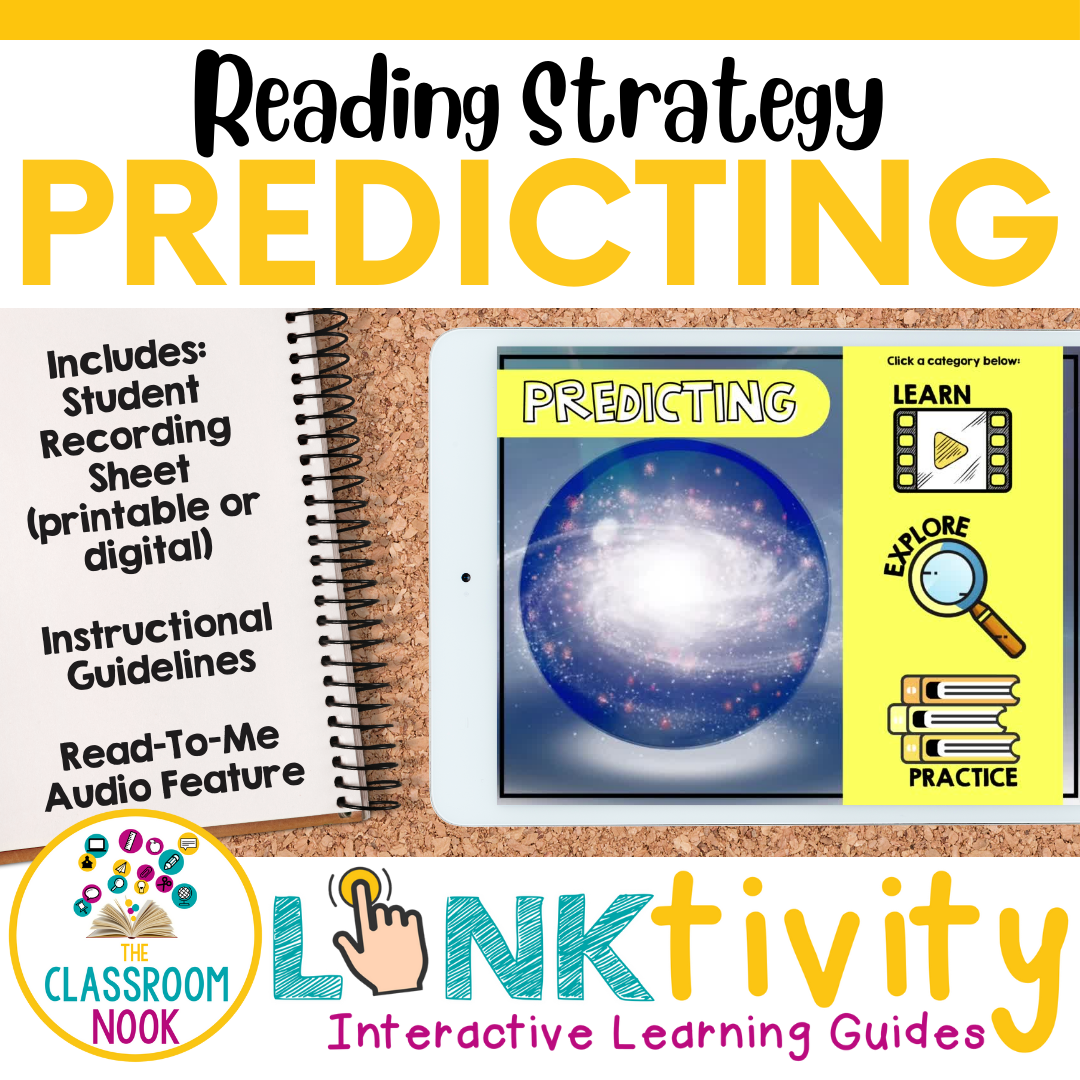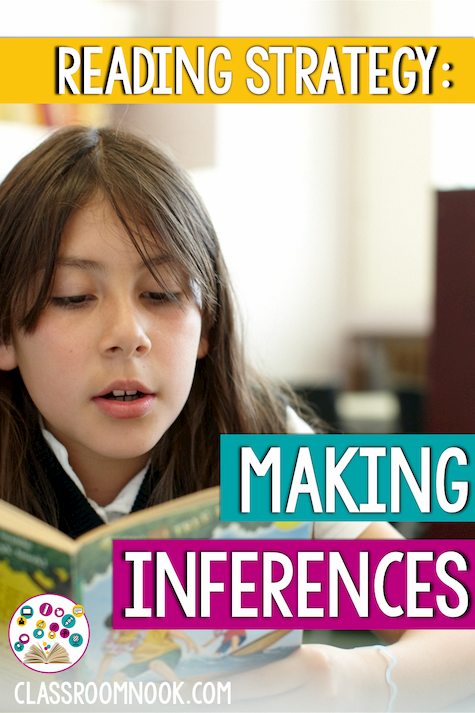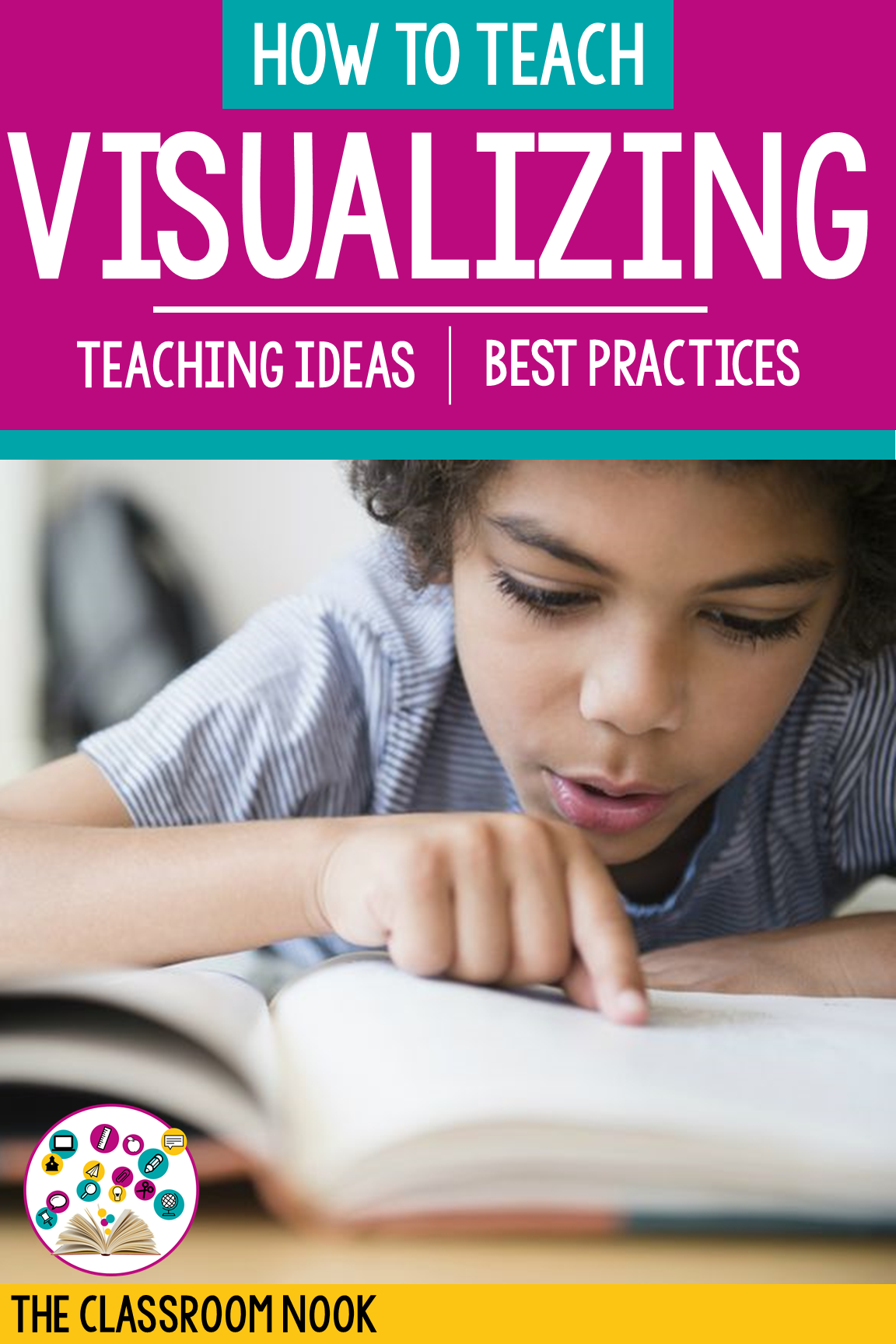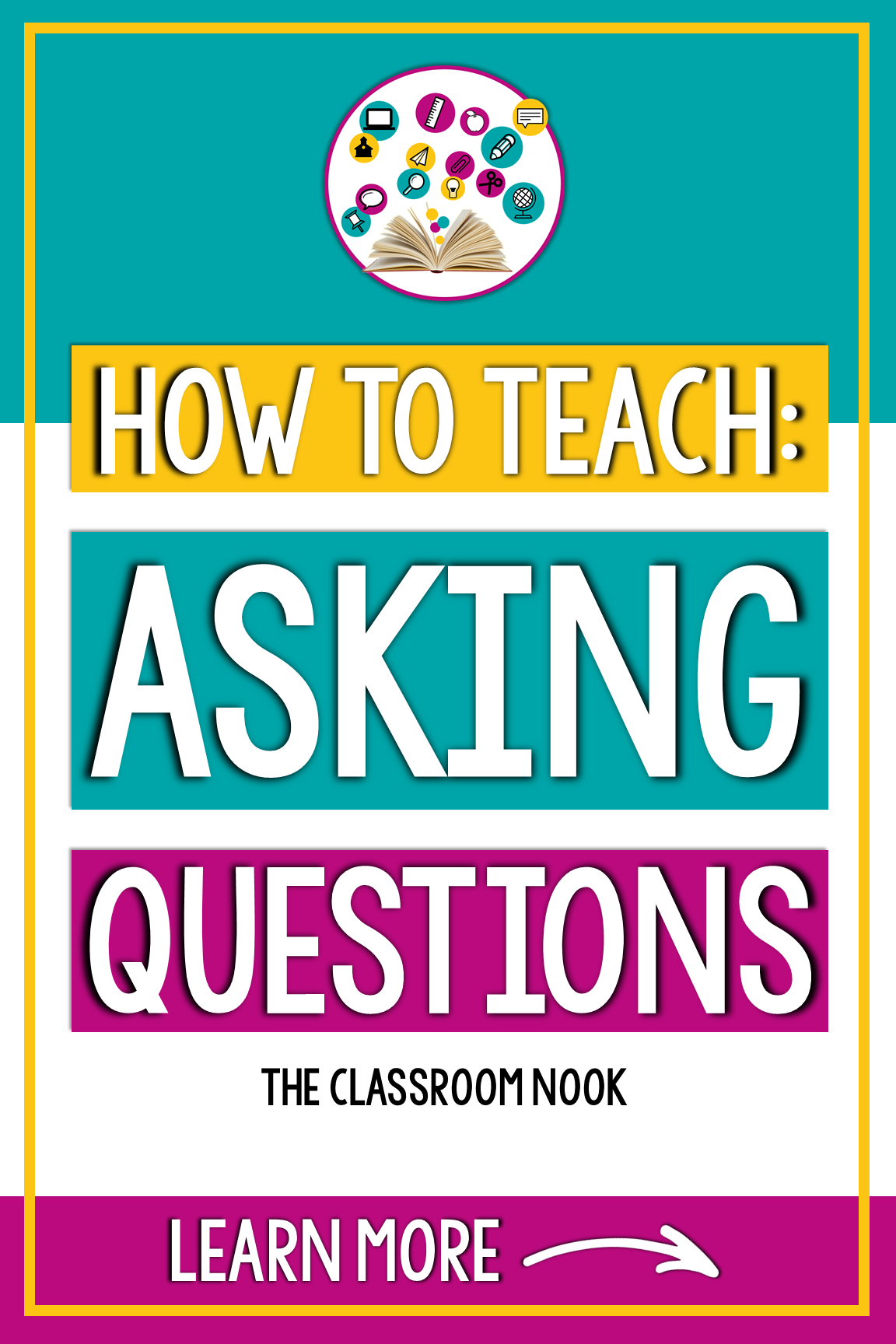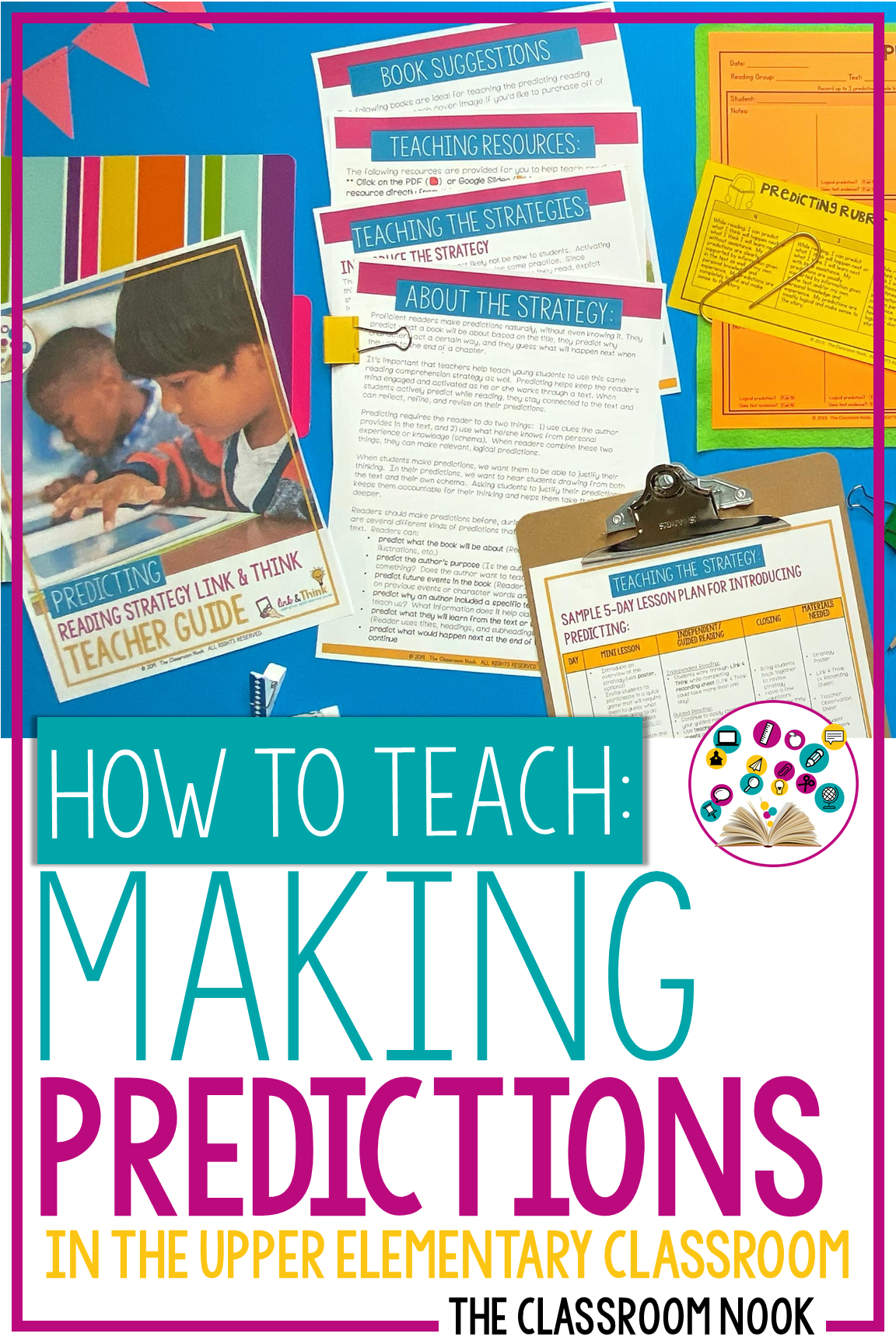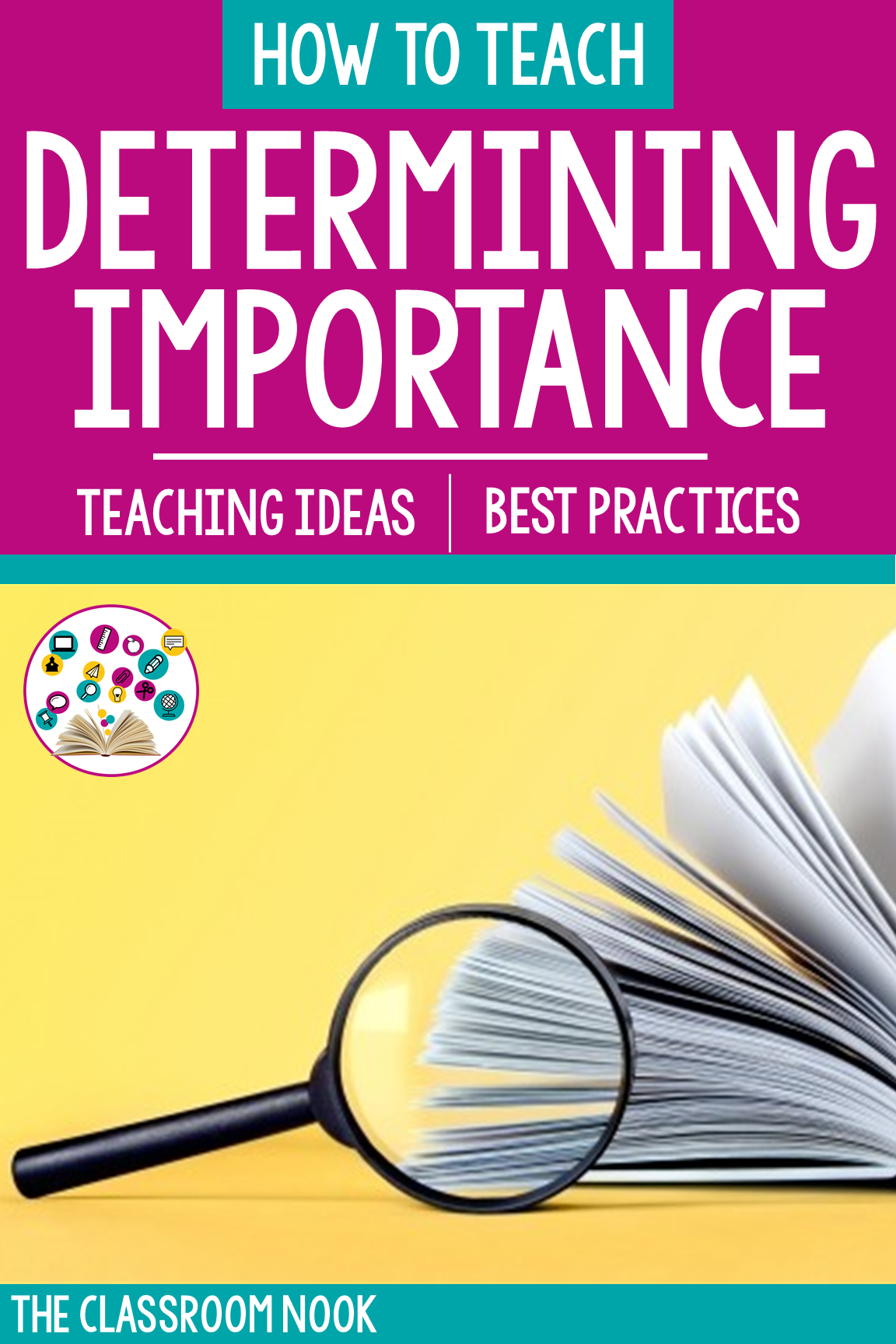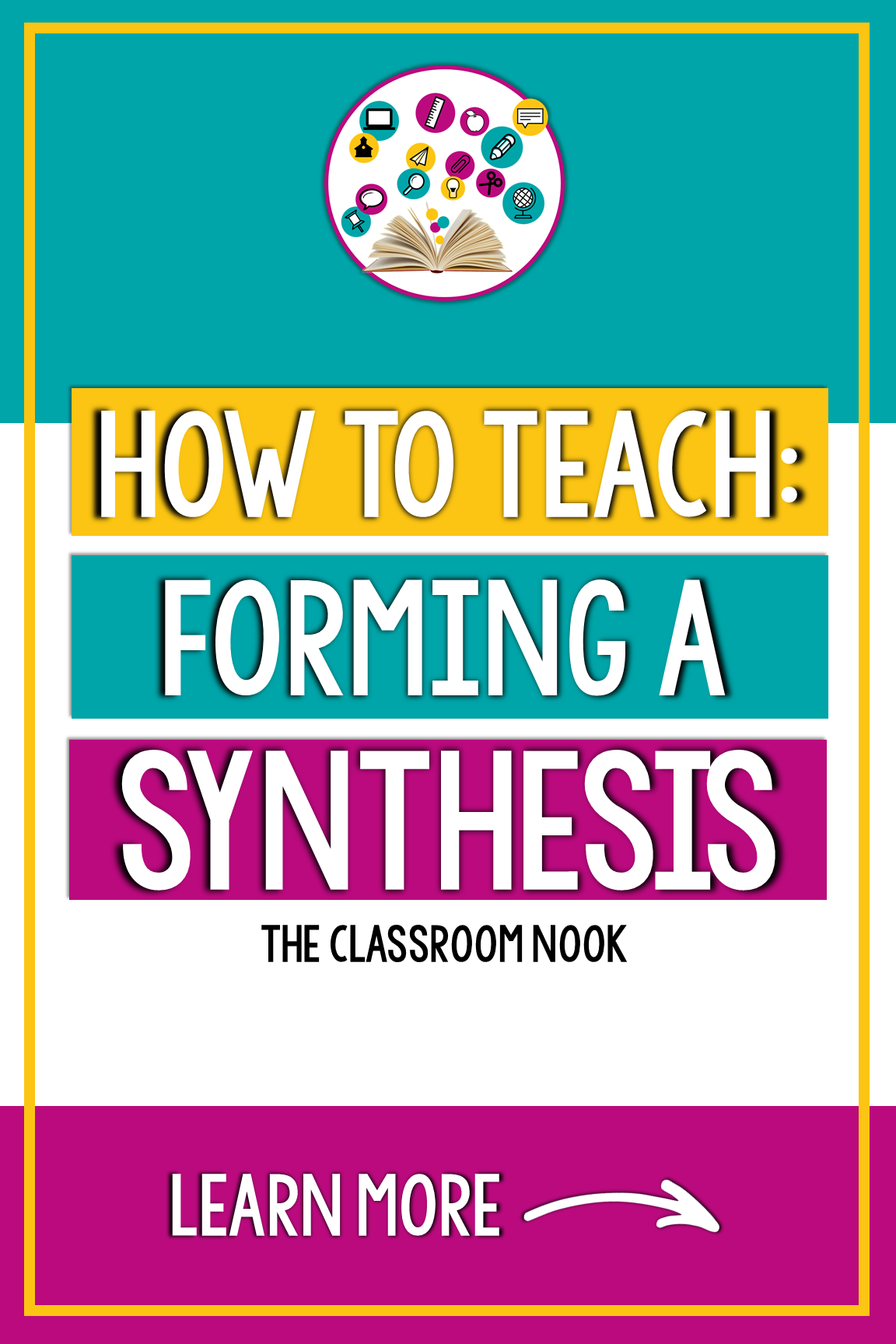Reading Comprehension Strategy Series: How To Teach Students to Make Predictions While They Read
Love podcasts? Check out this post in form of a podcast episode on The Classroom Commute
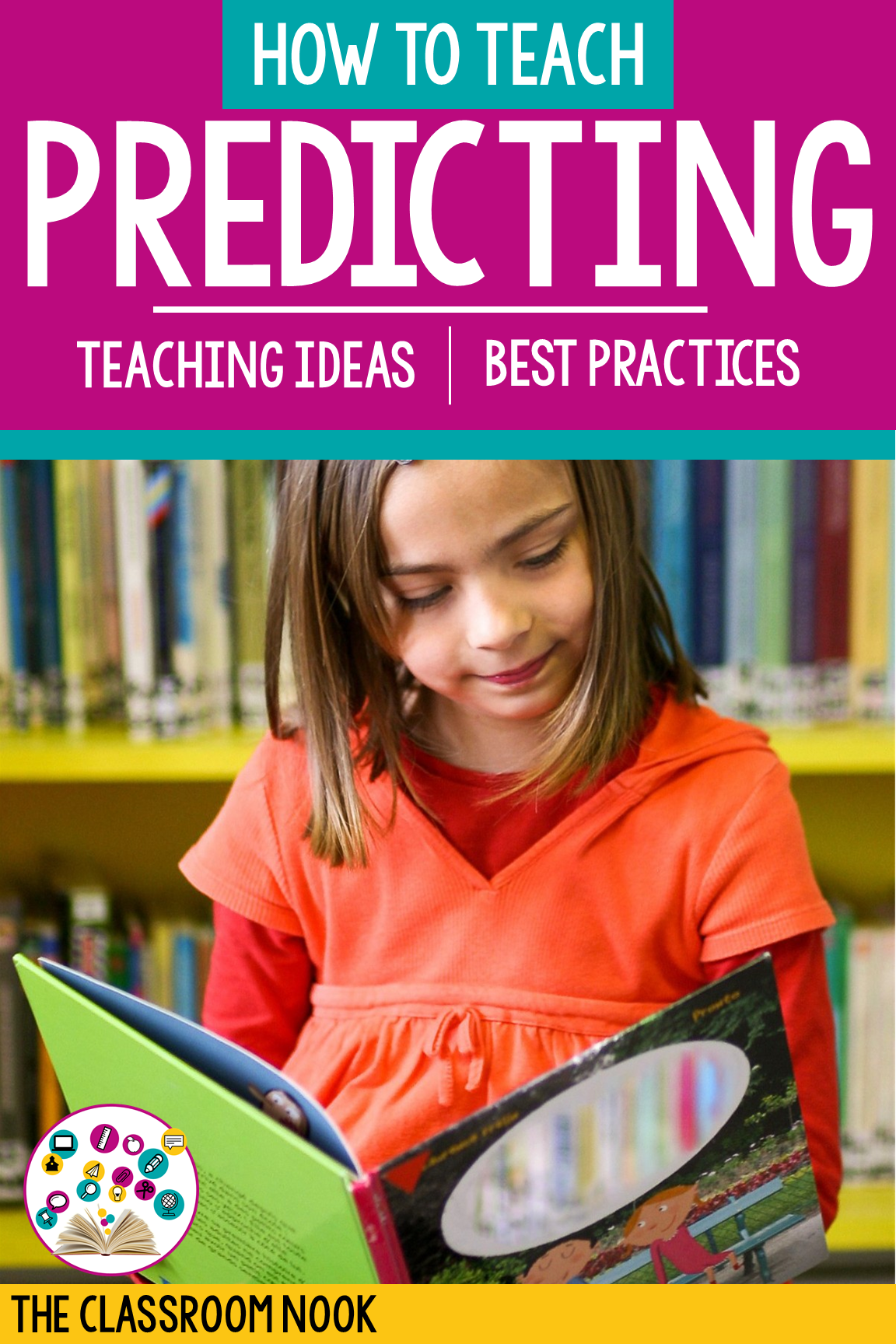
Proficient readers make predictions naturally, without even knowing it. They predict what a book will be about based on the title, they predict why characters act a certain way, and they guess what will happen next when they get to the end of a chapter.
It’s important that teachers help teach young students to use this same reading comprehension strategy as well.
But - it takes explicit teaching for students to begin doing this on autopilot.
Predicting helps keep the reader’s mind engaged and activated as he or she works through a text. When students actively predict while reading, they stay connected to the text and can reflect upon, refine, and revise their predictions.
Let’s dive in to how to model, practice, and assess this reading comprehension strategy with your students.
Pssst…Want a super engaging and interactive way to have students practice predicting?
LINKtivity® Interactive Guides are EXACTLY what you need to make learning fun & accessible for all!
Get access to the Predicting LINKtivity® (+a growing library of LINKtivities!) inside of LINKtivity® Learning - an all-access pass to our entire vault of LINKtivities!
Below are the different categories within this post to help you jump to exactly what you need! Click on each category title to navigate there directly:
what you need to know before teaching the predicting reading strategy:
Predicting requires the reader to do two things: 1) use clues the author provides in the text, and 2) use what he/she knows from personal experience or knowledge (schema). When readers combine these two things, they can make relevant, logical predictions.
When students make predictions, we want them to be able to justify their thinking. In their predictions, we want to hear students drawing from both the text and their own schema. Asking students to justify their predictions, keeps them accountable for their thinking and helps them take their thinking deeper.
Readers should make predictions before, during, and after reading. There are several different kinds of predictions that a reader can make with a text. Readers can:
predict what the book will be about (Reader use titles and cover illustrations, etc.)
predict the author’s purpose (Is the author trying to convince us of something? Does the author want to teach us something? etc.)
predict future events in the book (Reader bases these predictions on previous events or character words and actions)
predict why an author included a specific text feature (What does it teach us? What information does it help clarify?)
predict what they will learn from the text or section within a text (Reader uses titles, headings, and subheadings to inform predictions)
predict what would happen next at the end of the book if it were to continue
Predicting involves more than just trying to figure out what will happen next. In fact, predicting requires students to draw on a variety of other secondary skills. As students look for evidence for their predictions, they also ask themselves questions, reread the text, recall information given in the text, infer, and draw conclusions.
Making predictions helps set the stage for students to monitor their own comprehension. Making predictions naturally encourages the reader to want to continue reading in order to find out if their predictions were correct or not. By making predictions and then reading on to see if those predictions were correct helps to let the students know if their thinking was on the right track. Using the prediction strategy correctly, truly will result in comprehending the text more fully.
INTRODUCING THE Predicting reading STRATEGY TO STUDENTS
The concept of predicting will most likely not be new to students. Activating this skill while reading, however, may require some practice. Since students may not be stopping to make predictions as they read, explicit instruction to train students to do so is essential.
You can introduce this reading comprehension strategy with a simple exercise. Tell students that you are going to play a quick game that will require them to guess what you are going to do next in your school day.
Explain that you are going to leave and re-enter the room, providing clues as to what you are going to do next. Here are two example scenarios that you might use:
When you re-enter the room, grab a soccer ball (or other playground equipment), put on your coat, and grab your whistle. Have students predict what you are going to do next (go out for recess).
When you re-enter, go to your desk and pull out your current read-aloud book and have a seat where you normally share your read-aloud with the class. Have students predict what you are going to do next (read-aloud to the class).
In either case, have students share out the clues that they used to make their guesses. Explain that when students made a guess as to what you were doing next, they were making predictions. Tell students that readers make predictions all the time in the books that they are reading by using clues that the author gives them, and by using their own personal knowledge. In the scenarios above, the students used the clues from your actions plus their knowledge from past experiences to make their guesses as to what you were going to do next.
MODELING HOW TO Make Predictions WHILE READING
Once students are in the mindset of making predictions, you can begin modeling through a read-aloud. Picture books work well, even with older students, to help model this strategy from start to finish.
To prepare for modeling this strategy, choose a text that works great with making predictions. (see book suggestions at the end of this teacher guide). Preview the text and plan for places that you will stop to model making predictions. If desired, write your predictions on Post-it notes and place them on the pages where you plan to share your predictions.
Create an anchor chart, like shown below, to record your predictions together as a class. (Note: For younger students, you can simplify this chart by putting only writing “reflection” in the 3rd column)
While reading your text to students, stop to discuss your predictions. Write your predictions on your chart (or place up your prepared Post-it notes) for students to see in the “My Predictions” column. Discuss WHY you made each prediction. Then, in the “Text Evidence” column, record evidence from the text that helped inform your predictions. As you read, fill out the “Revise, Refine, and Reflect” section for each prediction to note whether or not your predictions were correct, and how it informed your thinking. Explain that as you reflect on your predictions, sometimes you need to refine (make more clear), or even revise (change) your predictions based on new information that the author may give you. Here’s an example using the book Thank You, Mr. Falker by Patricia Polacco: (affiliate link)
When first starting out, it might be helpful to give students some thinking prompts to help guide their predictions. Here are a few examples:
I think ________ will happen because _________
I bet _______
I’m guessing _______
Since ____ happened, I think that _______ will happen
I think the character will ___ because _______
I think I will learn ______
Another thing to focus on with students while making predictions is helping students make logical predictions that make sense. Again, you will need to model this specifically. Model both logical and not logical predictions. For example, when reading Thank You, Mr. Falker a logical prediction might be: “Since Tricia has been staying after school with Mr. Falker, I predict that she will finally learn how to read.” A prediction that is not logical would be: “I predict Tricia will read the book The Three Little Pigs.” The second prediction does not use any text clues to form the prediction. Although it is about Tricia reading, nothing in the text suggests that reading The Three Little Pigs would be a logical prediction.
Struggling readers often make predictions that are not logical by simply choosing something remotely related to the topic or event in the book. This is why it is so important to help students rely on text evidence when making predictions as well as reflecting on each prediction. Help students to use phrases such as: “this prediction makes sense because in the text is says…” or “this is a logical prediction because.”
Model making predictions in both fiction and nonfiction texts. In fiction texts helps students to make predictions about what the book might be about, what might happen next, or what a character might say or do. In nonfiction, students can predict what they might learn from the text, what information will be included within headings and subheadings, the definition of new content words, or why authors include certain text features.
CHOOSE TEXTS THAT ASSIST IN MAKING PREDICTIONS:
Of course we want students to be able to make predictions regardless or what book they are reading. However, as students have their first experiences working this this strategy, choose books that lend themselves to makgin predictions will help students to have a quick win, and easily see this strategy in action.
Be sure to choose a book that provide obvious opportunities for students make predictions. This will help set students up for success and will train their brains to stop and think about what is going on in the text in order to make logical predictions.
Here are some of my favorites to use when modeling predicting (affiliate links):
Two Many Tamales by: Gary Soto
Enemy Pie by: Derek Munson
Those Shoes by: Maribeth Boelts
What Do You Do With a Tail Like This? by: Steve Jenkins
PRACTICING PREDICTING:
CREATE SIMPLE VISUALS TO REMIND STUDENTS TO PREDICT
When first using a new reading strategy, students need constant reminders. Visuals such as bookmark to use while reading, or a classroom poster that is displayed on a reading strategy bulletin board work wonderfully to nudge students to make predictions while reading.
Continue to create anchor charts displaying the predictions that you make during read-aloud texts. You can even create a class anchor charts where students post their own predictions about a book that you are reading together as a class.
8 FREE Reading Strategy Bookmarks
Grab these FREE student bookmarks to help your students use reading comprehension strategies while reading.
There are a total of 8 bookmarks that explain reading strategy in kid-friendly language and is the perfect reference for students to use during independent or small-group reading time.
USE LINKtivity DIGITAL LEARNING GUIDES
New to LINKtivities? >> CLICK HERE
If you know me, even just a little bit, then you know I’m about to talk about LINKtivity digital learning guides. Why? Because LINKtivities are interactive, engaging, and so fun for learning and practicing new skills like reading strategies.
I created a LINKtivity® specifically for teaching students how to make predictions while reading. Watch the video below for a sneak-peek!
Here’s how it works:
In the Predicting LINKtivity, students first watch a short animated video clip that quickly catches their attention with fun doodles and images. The clip introduces what the strategy is and how readers use it.
From there they read alongside their “virtual reading buddy” to see the strategy applied to a text. While clicking through the digital book, each time the student comes across a thought bubble, they click on it and are brought to a new slide in the LINKtivity guide to see what their reading buddy is thinking!
Then, to take their learning to the next level, students read 3 additional high-interest reading passages to practice the strategy on their own. In a similar fashion as they did with their reading buddy, students click through the digital storybook and stop to make predictions along the way.
HAVE STUDENTS KEEP TRACK OF THEIR PREDICTIONS WHILE READING
Having students write down their predictions and then reflect, refine, and revise them as they read, is key when it comes to informing you of their understanding of the strategy. From their written predictions you can see if their predictions are meaningful, relevant, and logical to the story that they are reading.
Writing down their predictions also keeps them accountable for their learning and gives you an informal assessment.
ASSESSING YOUR STUDENTS ON MAking Predictions
Assessment, whether it be formal or informal, drives instruction. For more informal assessments, take notes about a students use of the predicting strategy during reading conferences or in small groups. Considering the following when observing the students’ use of the strategy:
Are students making predictions prompted or unprompted?
Can students support their predictions with text evidence?
Do students draw on personal experiences to inform their predictions?
Are students monitoring if their predictions were correct or incorrect?
Are the students’ predictions logical? Do they make sense to the story?
Finally, having a rubric written in kid-friendly language is especially helpful when providing feedback to a student on their ability to make predictions. The rubric can provide clear guidelines on how to make predictions while reading.
Resources for making predictions
Want to get your hands on the Predicting LINKtivity®?
Grab our Predicting LINKtivity and start using this ready-to-go resource that includes:
a teacher guide
a student LINKtivity
a student recording sheet
a student-friendly rubric
OR - You can get access to the Predicting LINKtivity® PLUS all the other reading comprehension strategies inside of LINKtivity® Learning - an ALL-ACCESS pass to every single LINKtivity® created (INCLUDING all 7 reading strategy LINKtivities!)





